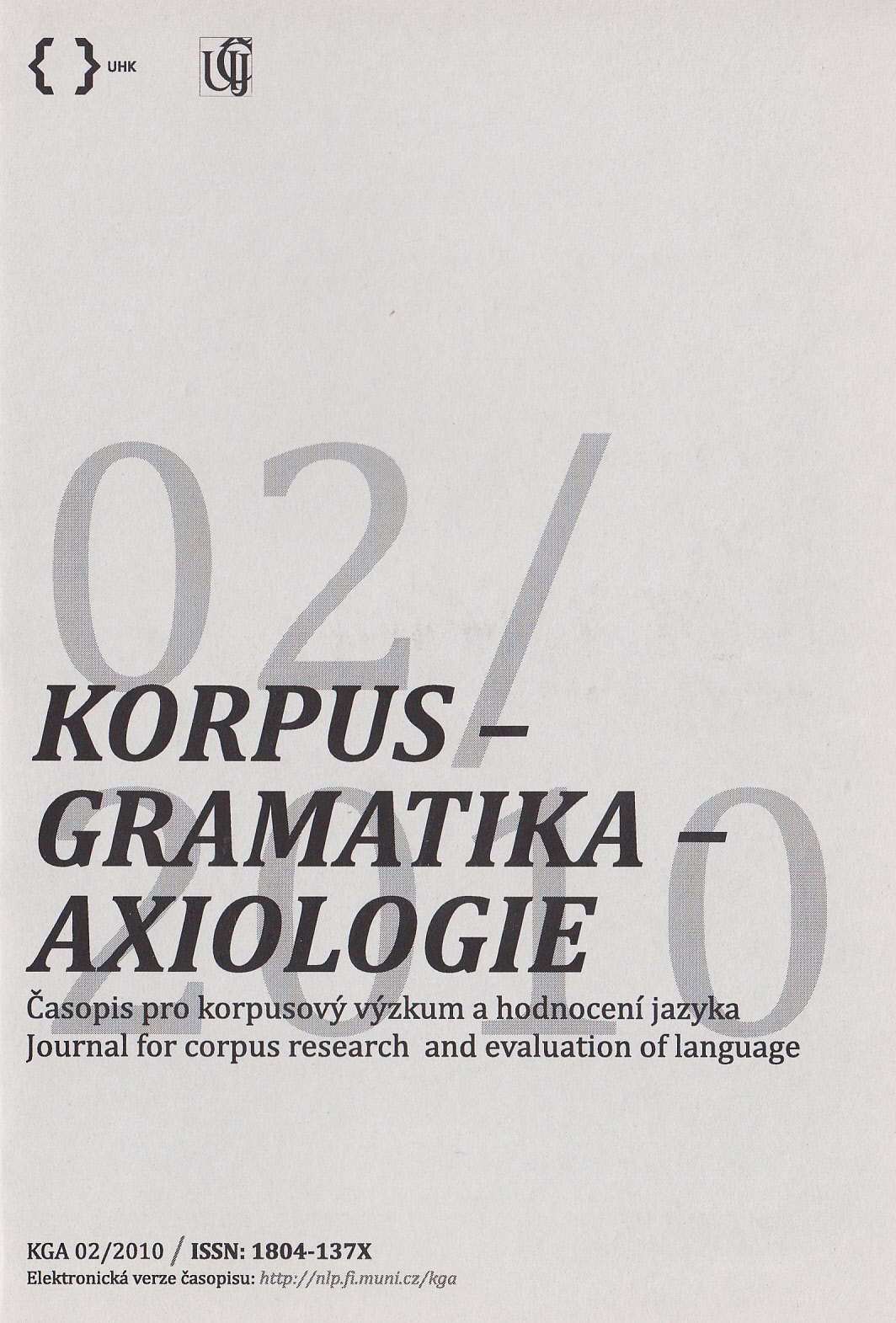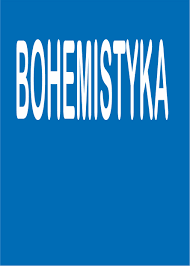Author(s): Andrei Zamfira / Language(s): English
Issue: 01/2020
The main purpose of this paper is to conduct a study and make analysis regarding the techniques, technologies and systems that have been evolved in the recent decades as branches of the broadest domain, which is Artificial Intelligence (AI) having as main objective to emulate the similar processes found in nature at living beings, especially those human cognitive. We will survey techniques such as pattern matching, learning and evolving from stimulus that make computer programs behave like humans. We'll state what the Turing test is and who was the first computer program to pass it, ELIZA, that relied mainly on pattern matching. This is only the beginning of our research in the domain previously stated, and we will focus here on natural language processing, the grammatical constraints that determine how natural language is generated and understood. The desire to explain language comes from ancient world, but not even today, after centuries of thought, a complete understanding of language seems to be a long way off. We'll see that engaging a computer program into a dialog is a very complex process that requires multiple types of knowledge from the following categories: phonetics and phonology, morphology, syntax, (compositional) semantics, pragmatics and politeness (discourse). The grammatical constraints that determine the understanding and generation of natural language phrases are expressed using a technique called X-bar Schema, which breaks a phrase into groups based on their word types (noun, verb, adjective, preposition, pronoun etc.) and represents them as a tree structure composed of maximal projection nodes and intermediate nodes. We will show what are the rules of this type of representation in order for the phrase to remain correct and give concrete examples of trees representations. We proposed to connect our examples with artificial agents from three Hollywood-ian masterpieces , that are HAL from 2001: A Space Odyssey, Joi from Blade Runner 2049, Ava from Ex. Machina, and many more, all these with the goal to emphasize what does it mean for an intelligent computer program to imitate human behavior that we do daily without being aware of the complexity of processes it involves.
More...
















